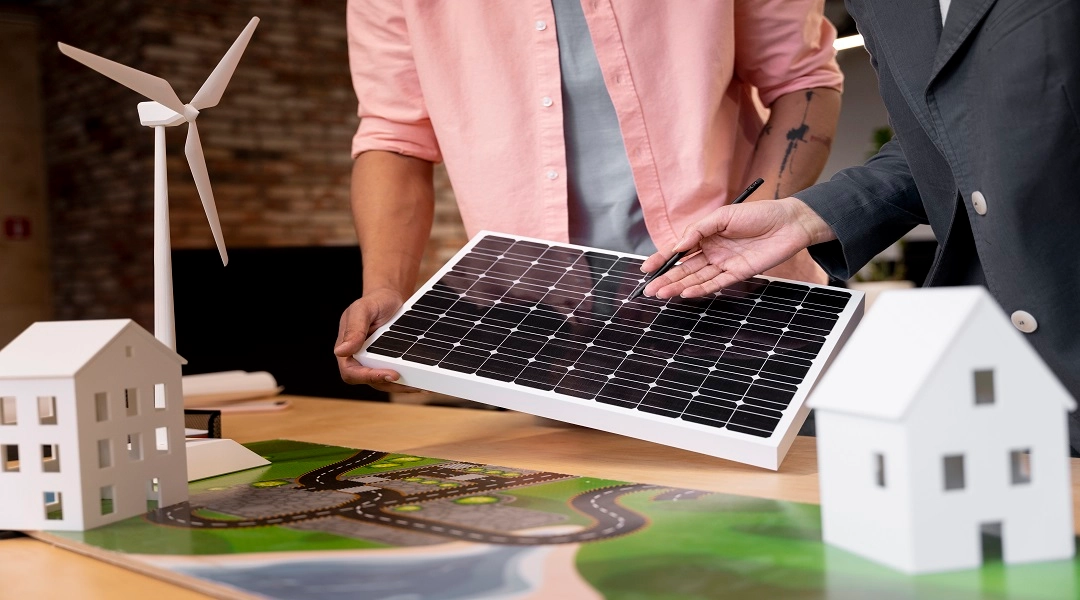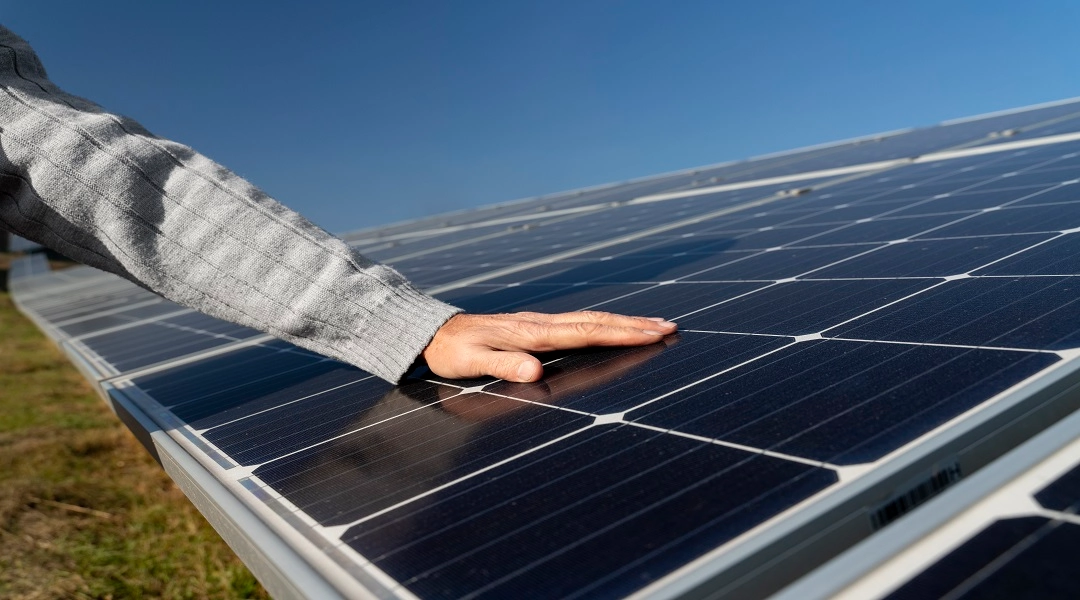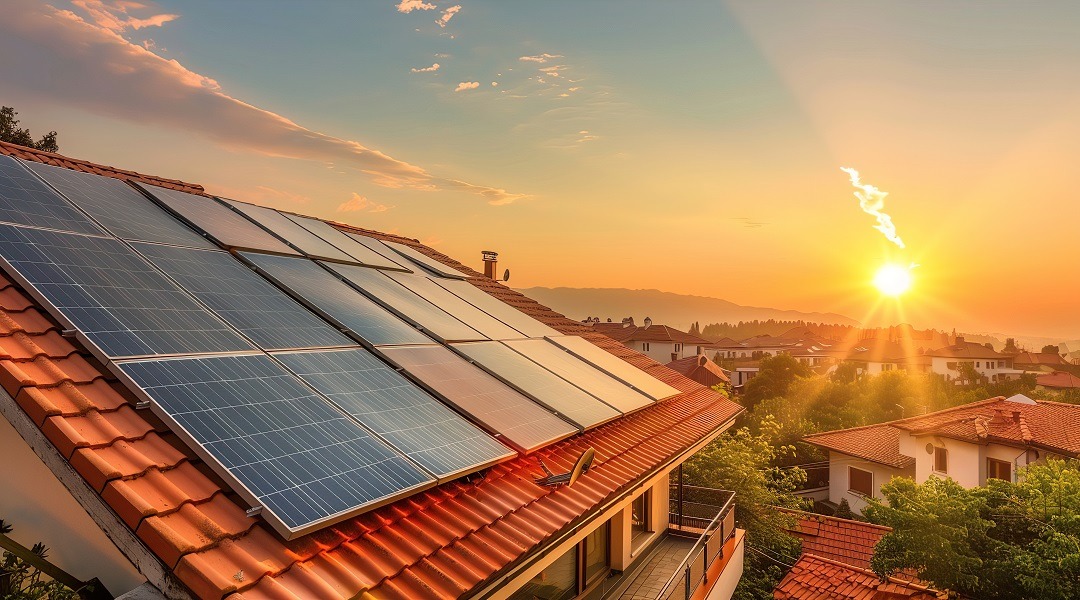In pursuing sustainable living and environmental responsibility, integrating solar panels into modern architecture has become an increasingly prevalent trend. The marriage of functionality and aesthetics is crucial in creating buildings that harness clean energy and contribute to the urban landscape’s visual appeal. This article explores the evolving dynamics of solar panel aesthetics, examining how architects and designers integrate solar technology into the fabric of modern structures.
Architectural Integration: A Harmony of Form and Function
Gone are the days when solar panels were perceived as bulky, unsightly additions to rooftops. Modern architectural design embraces the concept of integrated solar solutions, where solar panels become an inherent part of the building’s design rather than an afterthought. Architects are now incorporating solar panels into facades, windows, and building materials, transforming them into aesthetically pleasing elements that enhance the overall design.
Solar Facades: Blurring the Lines Between Art and Energy
One of the most striking developments in solar aesthetics is the integration of solar panels into building facades. Rather than conventional cladding materials, architects use photovoltaic panels as dynamic, energy-producing surfaces. This generates clean energy and transforms buildings into living sculptures that respond to changing sunlight throughout the day. The interplay of light and shadow on these solar facades creates a mesmerizing visual effect, turning the building into a canvas of sustainable art.
Transparent Solar Technologies: A Clear Vision for Design
The evolution of transparent solar technologies is revolutionizing how we perceive solar panels. Integrated into windows and glass facades, transparent solar cells allow natural light to permeate while simultaneously capturing solar energy. This innovative approach maintains the aesthetic appeal of glass architecture and serves a dual purpose by providing shading and generating electricity. Imagine a world where every window is a view and a renewable energy source.
BIPV (Building-Integrated Photovoltaics): Merging Style and Sustainability
Building-integrated photovoltaics (BIPV) represents a holistic approach to solar integration, where solar elements are seamlessly woven into the building’s structure. BIPV materials, such as solar roof tiles and solar wall panels, replace conventional construction materials while generating electricity. This integration allows architects to maintain design continuity without compromising the building’s energy-producing capabilities. BIPV is a testament to solar technology’s transformative power in shaping modern architecture’s aesthetics.
Sustainable Landscapes: Solar Arrays as Design Features
Beyond individual buildings, solar arrays, and farms are being reimagined as design features within larger urban landscapes. The alignment and arrangement of solar panels in these installations are carefully considered to create visually appealing patterns and structures. For example, solar canopies over parking lots serve a dual purpose by providing shade for vehicles while simultaneously generating clean energy. Such projects contribute to creating sustainable urban environments that seamlessly integrate functionality with beauty.
Artistic Solar Installations: The Intersection of Creativity and Sustainability
Some architects and artists are pushing the boundaries of solar aesthetics by creating large-scale artistic installations that double as solar power generators. Sculptures, pavilions, and public art installations are being designed with integrated solar panels, transforming public spaces into showcases of sustainable creativity. These projects generate renewable energy and serve as powerful symbols of the marriage between art, technology, and environmental consciousness.
Community Engagement: Fostering Solar Appreciation
Integrating solar panels into modern architecture goes beyond mere aesthetics; it fosters community engagement and appreciation for renewable energy. Buildings that showcase solar technology become educational tools, sparking conversations about sustainability and inspiring a collective commitment to a greener future. As more individuals interact with and understand the beauty of solar-integrated structures, the acceptance and demand for such designs will likely grow.
Conclusion:
The aesthetics of solar panels have undergone a remarkable transformation, evolving from functional additions to integral elements of modern architecture. Architects and designers are embracing the challenge of seamlessly integrating solar technology into buildings, creating structures that are not only environmentally responsible but also visually stunning. As we progress, the marriage of form and function in solar design will continue redefining our urban landscapes, offering a glimpse into a future where sustainable living is synonymous with architectural elegance.





